Trying out the Samsung Galaxy Watch 8 and Watch 8 Classic is a tough gig – not in terms of it being a hardship to try out two high-end models, but that it’s impossible to assess them with only 30 minutes’ use.
I can easily talk about the improved design and the fit of the straps etc, but the real changes are within the health ecosystem, and they’ll need sustained testing to really understand if they’re any good.
Because that’s Samsung’s ‘thing’ for these watches: these are meant to be holistic companions to your day to day life, giving you the kind of insights that could have a big effect (and understanding) on your health.
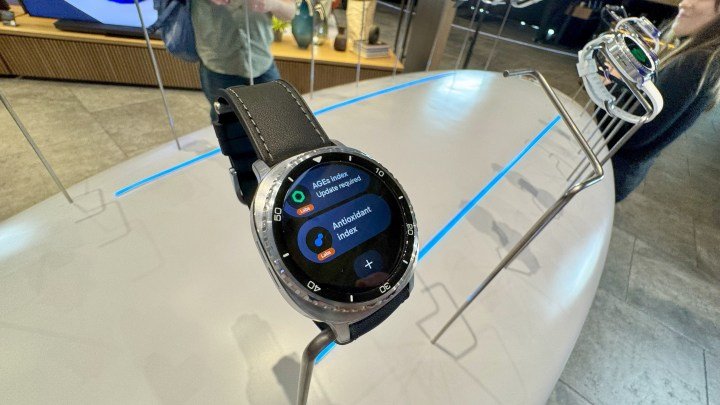
The Watch 8 duo are the first to run the latest Wear OS 6 software, sitting underneath Samsung’s One UI 8 Watch.
With this, you’re getting a slick user experience in a nicely-made design – you’ll instantly feel that this is a well-made package.
Let’s talk about that design: the Watch 8 (coming in 40mm and 44mm sizes) is the basic, sportier model, with the rubberised strap (with the quick release ‘Dynamic Lugs’ system) to make it easier to try new bands with a snap.
It uses a ‘digital bezel’ to spin through the screens, which means you slide your finger along the bottom of the screen to scroll through displays or lists at speed, with two physical buttons on the right-hand side.
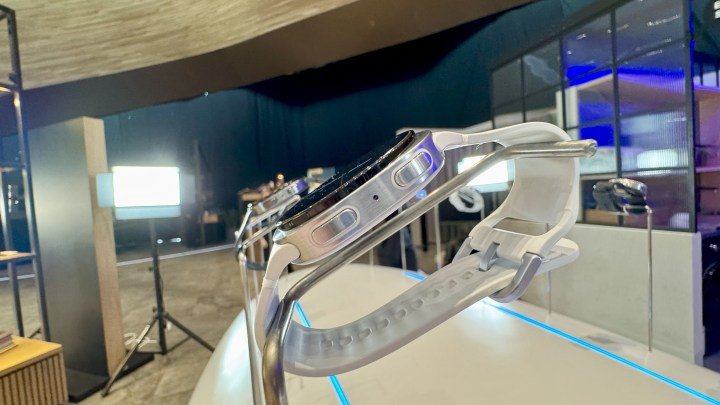
The Watch 8 Classic (only landing in 46mm size) was the device that everyone was more focused on in my briefing – interesting, as to my eye it wasn’t as sleekly understated as the cheaper model.
The 8 Classic comes with a (pleasingly soft) leather strap, and has a physical rotating bezel to allow you to move through the interface, rather than sliding your finger.
This felt more cumbersome than the excellent digital version on the Watch 8, but equally having a physical method of interaction means you don’t need to worry about wet fingers as much.
Both of the Watch 8 models have this ‘squircle’ design (known as ‘cushioned’ according to Samsung), with a round display flanked by a square base with rounded edges.
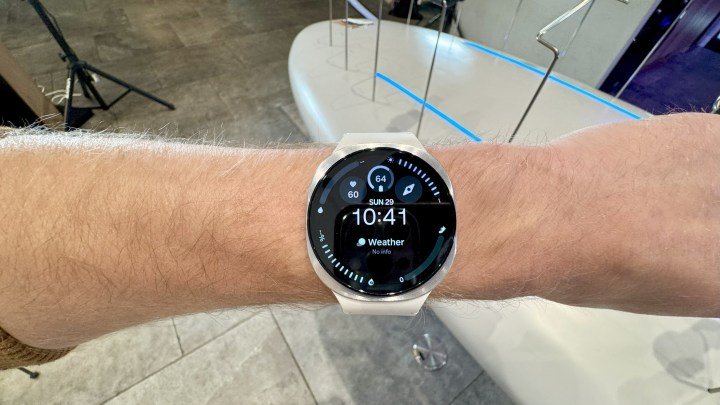
The effect feels premium and they sit nicely on the wrist.Each model is comfortable to wear – the Watch 8 Classic is heavier, but still doesn’t feel like it’s weighing the arm down (that said, I’ve used a Garmin Fenix 7X for a long while, and that’s hardly lightweight…).
Samsung has made a big deal about how it’s ‘re-engineered’ the Watch to allow it to be 11% tinner, but also spreading out the components to make it feel more balanced on the wrist, and I’d have to say this feels like a decent effort at achieving that goal.
The screen on the Watch 8 duo has been pumped up by almost 50% for peak brightness, hitting 3000 nits at maximum. That’s pretty bright.
It helps in use as well. When viewing the Watch duo, they were always legible in bright light, and even the glare from the overhead spotlights wasn’t too heavily in the way when trying to photograph the devices.
A focus on health
There’s only so much I could learn from trying the watches in this test environment, as they need long-term use to test out the more advanced health features.
What I’ve been looking for, for years, is a watch / phone combination that can actually take all the data points on me – sleep, stress, nutrition etc – and combine them into a genuinely useful view of what I need to do.
Samsung is promising to do just that with these models. Sleep tracking has been enhanced and embedded more deeply within the system, meaning that when you wake up you should get a better insight into how you’re doing, as well as using AI to help learn your sleep patterns and guide you into more productive slumber.
That data can be combined with things like vascular load, which checks how hard your heart is working, and also the antioxidant index, where you place your thumb on the back of the watch to see how high your intake and retention of these are.
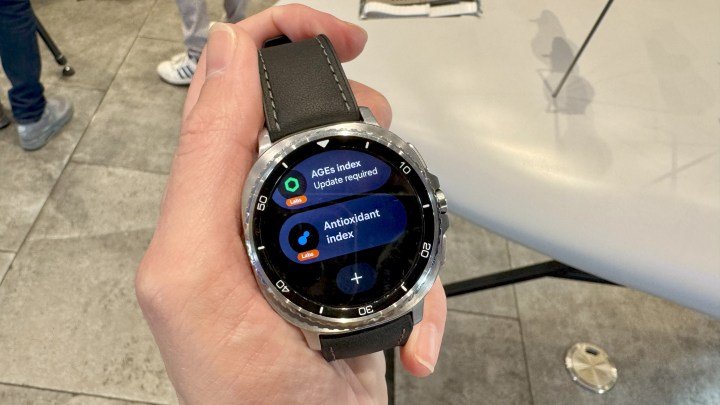
The thing is, we’ve seen things like this before: data points that are interesting, but in isolation feel pretty useless. Only being able to combine them with things like the enhanced running coach will we see whether Samsung has achieved the ultimate goal of creating a wearable that can react daily to give you a decent training regime.
Currently, on most smartwatches, if you set a goal of running a marathon with the coach, it just works out the sessions you should be doing to improve fitness, with a nod to things like sleep patterns or underlying body stress… but it’s rudimentary at best.
What it should do is work out the sessions you need, but also make sure that as you progress, your form, health, energy and sleep are all checked regularly and the plan adapted to ensure you’re training correctly for you.
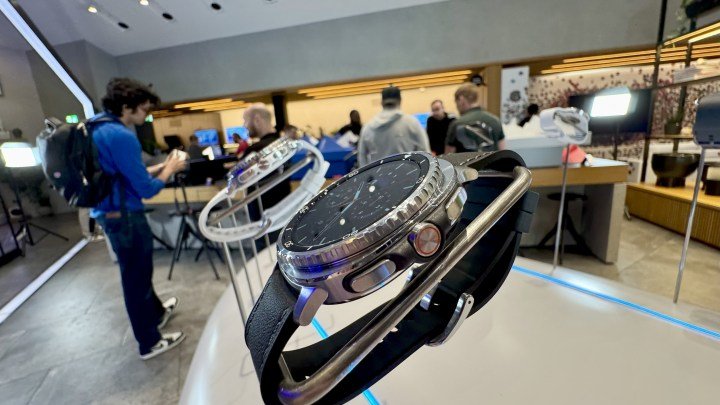
While all these features were unavailable to test when I got to try the Watch 8 and Watch 8 Classic out, they’re the things that matter the most.
Having Gemini on your wrist is fine, but until AI becomes a true (and trustworthy) companion, it’s not an exciting addition.
The Watch 8 and Watch 8 Classic feel central to Samsung’s plan to really lean into health, showing you the insights that day to day living can’t give you.
Whether these work well enough to instantly make the Watch 8 an indispensable part of your life remains to be seen – but these new smartwatches feel like a good start.













